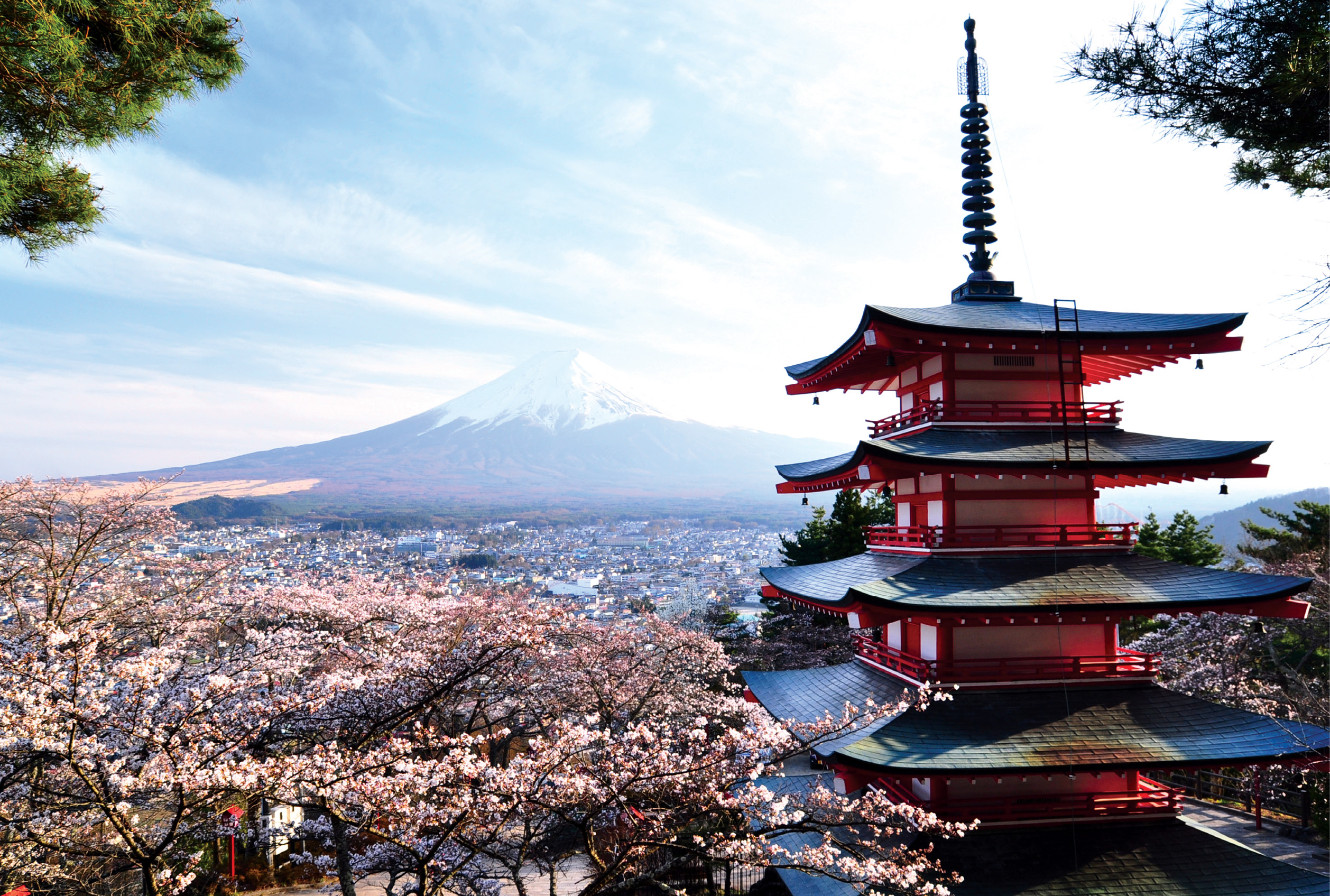Ernest Hemmingway once said that going broke happens very slowly – and then all of a sudden. The world has been waiting for more than twenty years for Japan to go broke and yet, despite the doomsayers, it hasn’t happened yet.
Accepted economic wisdom suggests that Japan has been doing everything wrong for years – since the devastating stock market crash of 1990, which, in the eyes of the West, brought the first and mightiest of the Asian tigers to its knees.
Commentators point to Japan’s lack of growth as a serious problem, and frequently refer to the country as a “basket case”. They list numerous reasons why Japan is failing: the declining birth rate; its traditional hostility to immigration; the fact that the country is on poor terms with its Asian neighbours; the high debt-to-GDP ratio of 220%; and the ageing baby boomer generation whose pensions are sucking the lifeblood out of the economy.
In his recent book Japan in the 21st Century: Environment, Economy, and Society, Pradyumna Karan, a professor of Japan studies at the University of Kentucky, says: “In the early 1980s Japan’s growing economic strength was a source of concern in the USA and Europe. Now, there is concern about an economy that is slow to reform and grow.”
“Fundamental problems, such as banks overburdened by bad loans, a dangerous ratio of national debt to gross domestic product, a rigid labour market, a highly regulated economy, and an ageing population and shrinking labour force have eroded Japan’s ability to play a larger global role.”
Japan’s precarious coexistence with nature is also repeatedly cited as an economic handicap. The country, sitting on a fragile Pacific Ocean fault line, is rattled by frequent earthquakes which disrupt industrial production and cause social upheaval. The tsunami which battered Japan in 2011 not only claimed 16,000 lives, it caused untold economic damage, wiping out whole towns and destroying the Fukushima nuclear power plant.
Modern Japan and calamity, in the eyes of the rest of the world, walk hand-in-hand. If Godzilla turned up in Tokyo Bay, no-one would be surprised.
This gloomy view, however, fails to acknowledge that Japan does not, and has never, fit into the economic model to which most western commentators adhere. Economic ruin is predicted constantly, yet it never happens. Sooner or later, the pundits will figure out that maybe it’s the model which is wrong – not Japan.
Japan is still the third largest economy in the world. Unlike many other advanced nations, its manufacturing base is in good shape. Even during the so-called lost decades after 1990, the country maintained and modernised its manufacturing sector. Its motor industry, for instance, still dominates the world. Automation has removed many traditional manufacturing jobs, but this only makes Japan more competitive. And salaries for those jobs that still exist, eclipse wages in the rest of Asia, Europe, and the US.
There is even an argument that Japan’s population decline is actually planned. The premise is that Japan realised in the 1950s that it couldn’t feed itself and that the country was over-reliant on food imports which exposed it to threat. The counterintuitive nature of the Japanese character maintains that constant growth isn’t necessarily the only gauge of a nation’s health.

One measure of economic wellbeing which is often overlooked by commentators is a country’s net international investment position (NIIP). This is a measure of the difference between external assets and liabilities (governmental and privately-held). As recently as 1960, the US was the world’s largest creditor nation. It has now become its largest debtor. And since the 1960s its place as the world’s biggest creditor nation has been taken over by none other than Japan.
In recent years, both Japan’s assets and liabilities have grown – but crucially, asset growth has outpaced the increase in liabilities, leaving the country in a much healthier financial condition with more than 300 trillion yen in net assets – more than enough to wipe out all of its debt.
There are those analysts who suggest that Japan’s apparent weaknesses constitute, in fact, a sort of giant smoke screen put up by the Japanese to deflect foreign aggression. The theory goes that when Japan was performing economic miracles in the sixties and seventies, the country was besieged by foreigners eager to snatch a piece of the action; third world countries held out begging bowls, industrial competitors became more vociferous, and those seeking reparations for Japan’s war crimes stepped up their demands.
The hypothesis may be fanciful, but there is no doubt that Japan has been treated with kid gloves since the crash. Before 1990, there were global demands from Japan’s competitors for the country to dismantle its trade barriers and open up its markets to the world. These demands subsided after the crash. Japan’s markets benefit still from a level of protectionism unknown in the rest of the world.
Japan’s prime minister, Shinzo Abe, swept into power nearly four years ago vowing to revive the country’s fortune with a mix of policies centred on central bank monetary easing, targeted government spending, and a programme of deregulation.
So-called Abenomics have failed to set the world on fire. Some say they are just a diversion to prove to the world that Japan is attempting to use traditional methods that fit the accepted economic model. Its true and counterintuitive course is masking Japan’s underlying economic strength.
Chief among these commentators is Eamonn Fingleton, an Irish-born journalist and author, and significantly, a long-time Japan watcher. He has maintained, since he first published the theory in his book Blindside in 1995, that Japan is very far from a basket case, and that the western press has wilfully misunderstood the culture and philosophy of Japan.
William J Holstein, the American author and journalist, has spent 35 years analysing global business issues. He recently visited Tokyo for the first time in years, and was surprised at what he found – a shining hi-tech city with a modern and efficient transport system and a clearly affluent population.
He was struck by the display of relaxed wealth and luxury; a plugged-in, high communication society, and the obvious levels of free time enjoyed by the Japanese. He recalled a Japan of chronic hard work, and people who frequently died in harness – such deaths even had a name – karoshi. Modern Japan, he discovered, is a very different country.
“One has to be profoundly humble about what we can really understand about Japanese society and economy,” he says. “It is a very complex country that operates on the basis of different values from our own. It is easy to project American values and therefore make basic mistakes about what is happening. But of this much I remain convinced: the obituaries that are being written about Japan in the Western media are simply not based on what is happening on the ground.”
Those waiting for basket case Japan to go broke may be best advised to not hold their breath.





























